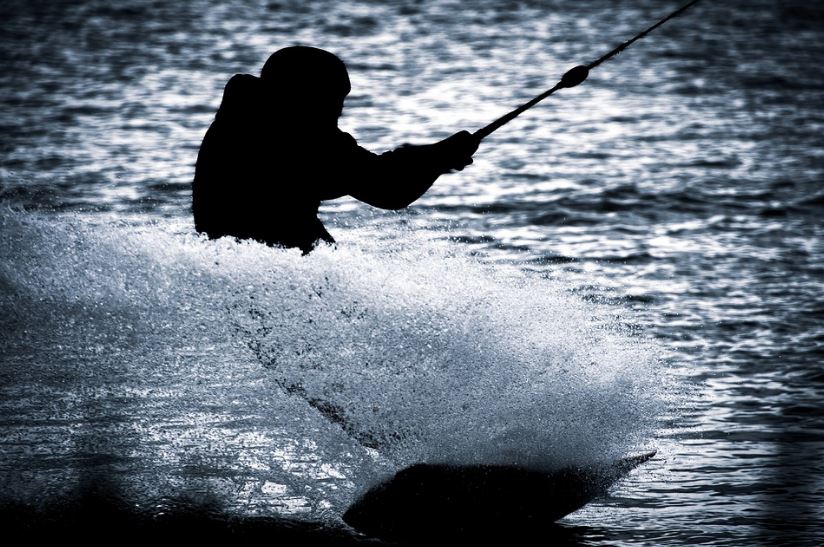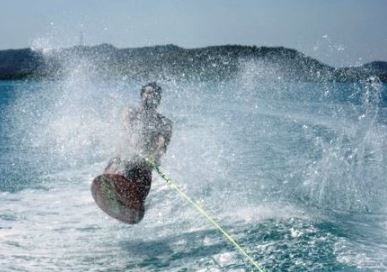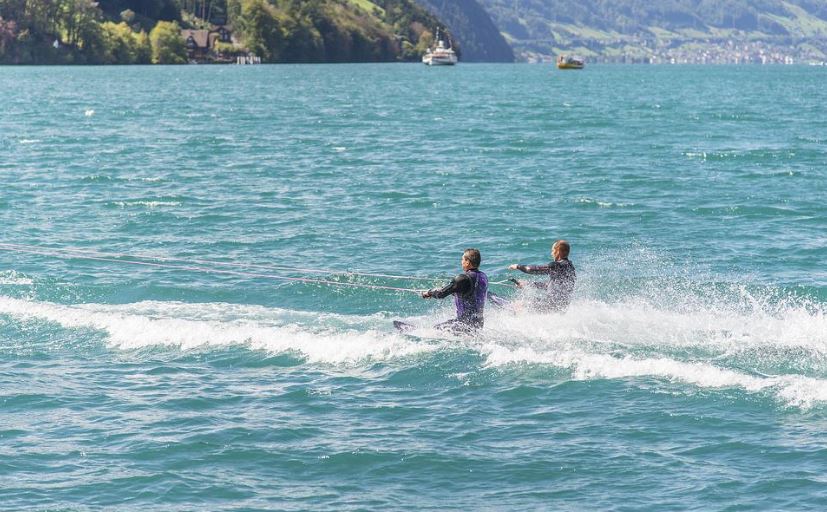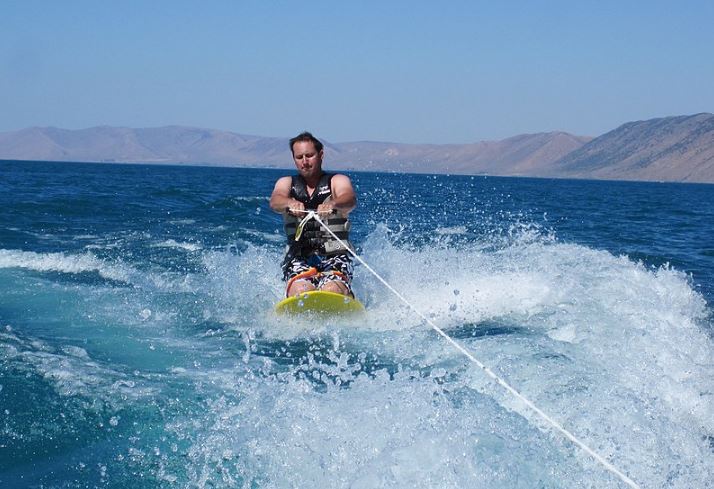Kneeboarding is a tow and water sport similar to kitesurfing, always available on the boat. Whether you’re a pro like Franky Panno or just starting, the experts have a board for you. This sport is simple to learn, especially if you want to advance into other sports.
Beginning tow sports with this tier is ideal because it teaches people how to control themselves without overthinking balance. When the board includes a handle hook, getting up is a breeze because you don’t have to focus on stabilizing the handle when getting up. Isn’t it simple?
Are you a newbie and looking for a guide to kneeboarding or advice for anyone new on the boat? You’ve arrived at the right place. Here are tips for newbies to ensure that every beginning is a nice beginning.
Stretch and Strengthen
The most common misconception about kneeboarding is that it’s tough on the riders’ knees. Nobody has ever suffered a knee injury while kneeboarding on a perfectly suited board with a well-fitting strap. The truth is that the rider’s neck and back will take the majority of the abuse, so it is critical to keep those areas flexible and strong.
Yoga poses like the triangle pose and the upward-facing dog are excellent for keeping the back flexible and stretched. Even those who stretch before getting in the water overlook their neck frequently. Stretching before each session and discovering effective stretches, such as the clasping neck stretch and the seated neck release, will keep pain at bay.
Maintain a strong core and exercise those muscles. This is an essential part of any waterskier’s routine, and it will carry over into all aspects of watersports.
Choose the Correct Board
“Which board should I get?” That’s among the first questions many new kneeboarders have. What is the answer? Choose the board that best suits your skill level.
Roto-molded boards are typically very thick and made of plastic. They are stable, cheap, forgiving, and ideal for young children. Compression-molded boards are priced in the mid-range and are intended for inexperienced riders. They’re thinner, more responsive, lighter, and better for tricks and wake jumping, but also less forgiving.
In terms of rideability and performance, new sandwich-construction boards are coming to the forefront. They are the fastest, lightest, and most responsive boards on the market, resulting in a massive air and forgiving landings. These are well-made and appear to be genuine wakeboards.
Select the Proper Rope
Ropes are classified into two types: no-stretch and low-stretch. Low-stretch ropes are ideal for children and are inexpensive. On the other hand, riders wanting to get serious require a no-stretch rope. It provides a strong, consistent pull and is much safer for trying wake tricks.
Also, determine the best rope length. When it’s time to begin jumping the wake, rope length comes into play. Begin with a short, really short run of 40 feet. If you can easily jump the wake, lengthen the rope till jumping the wake becomes difficult. Top-level riders prefer rope lengths ranging from 45 to 85 feet.
Getting Up for the First Time
- Begin by laying atop the kneeboard in deep water.
- Hold on to the tow rope with your arms underneath the kneeboard strap.
- Place your torso forward on the board to tuck your knees.
- Wait until the kneeboard gets on a plane once the boat starts moving.
- Tuck your knees in all the way, so your shins lay flat.
- Adjust the strap to fit snugly around your thighs.
- Maintain a balanced weight distribution to the back of the board.
Determine the Best Speed
The length of the rope affects the speed. The speed of a kneeboard ranges from 18 to 24 mph, depending on the rope length and skill level. Longer ropes, in general, necessitate more speed.
Maintain Proper Posture
Good posture is essential for performing wake tricks and wake jumps safely and successfully. Maintain a straight back and shoulders and your elbows at the waist. This pushes your center of gravity back, preventing an embarrassing face-plant during a hard landing.
Don’t let your arms go out when you land! Keeping a straight back and elbows at your hips throughout the landing can mean the difference between a safe landing and swallowing a mouthful of water. Maintaining good posture on every wake jump and landing is the most important principle in learning any new wake trick.
Get a Seat
Use a seat of some kind if you want to get serious about wake jumping. A seat is a pad that goes under your back and serves as a shock absorber, safeguarding your legs and back from hard landings. A few companies manufacture them, and do-it-yourselfers construct their own. A quick web search should show several different styles.
Don’t Look Down
The mantra in all watersports is the same: if you look down, you fall! Anyone learning to jump wakes must keep their eyes up, straight ahead at all times. It is best to avoid looking down and see how high one is. Yes, there is still water, and it is still wet.
Don’t Bail Out
Always commit. The lousiest thing you can do when learning a trick is to release the handle. This instantly removes all rotational and forward momentum. Hold on until the landing, even if you think you’re not going to make it. You could be surprised.
Don’t Give Up, and Keep Trying!
Remember that kneeboarding is supposed to be enjoyable. If you don’t succeed the first time, try again. Even many of the pros took years to master basic tricks.
Stay Safe and Have Fun
Ride with your friends and family, and ride to have a good time. That is the essence of kneeboarding. When you ride for the sake of having fun, progression and tricks will follow naturally.
Push your friends and allow them to push you. You’ll be pro kneeboarders in no time if you work together! Keep in mind not to ride too far outside of your comfort zone. Push yourself to improve while remaining in control; injuries occur due to fatigue.
Kneeboarding is frequently recommended for newcomers to water sports or as the next step after tubing. As the sport has evolved, it has rapidly become a popular activity for thrill-seekers who constantly invent new tricks and ways to make the sport more difficult.
When riding your kneeboard, make sure there are no obstacles in your path, and keep an eye out for swimmers, other people, and possibly other obstacles. Also, if you wish to get excited about kneeboarding, watch seasoned boarders, and you’ll be captivated.




